It was the US Telecom Act of 1996 that changed the game for the US telecom manufacturer – supplier balance.
In a Business Communications Review article in the August 2006 issue, Tom Nolle, wrote an awesome piece about the fundamental way suppliers reflect and react to the power of their customers. He writes that in a market where there are few customers, suppliers must gain scale to offer ever-lower prices for their 'commoditized' supplies.
Since Congress set about enabling the management of local and long distance combinations in the Telecom Act of 1996, the opportunities and issues facing the equipment business reflected the challenges in the services business. Ed Whitacre, as CEO of SBC set the ball in motion by acquiring PacBell, then Ameritech, then SNET and then AT&T. Now he intends to consume BellSouth.
The folks at Nortel thought that the appropriate equipment provider response to the consolidation in the service provider market was to acquire IP bulk. Immediately prior to the Telecom Act, the Internet had been positioned for commercialization. Prior to 1995, the Internet was funded by the US Government and all users had to agree to a non-commercial use policy. That's why Nortel was able to get a Class A address (47.xxx.xxx.xxx) as was IBM and many other large IT industry corporations.
Seeing this consolidation underway, and anticipating that IP would be the critical link to the future of the telecom industry, Nortel acquired Bay Networks for $6.1 billion, and started consolidation in the equipment supply industry, which witnessed the divestiture of silicon manufacturing (Agere) and enterprise PBX business (Avaya) from Lucent, the acquisition of Ascend (remote access and frame relay equipment) by Lucent and the acquisition of DSC and Newbridge by Alcatel.
Did John Roth (Nortel CEO) get it wrong?








